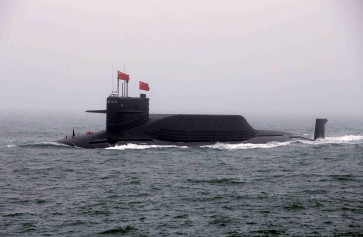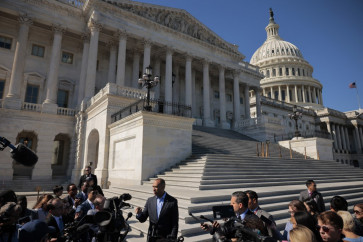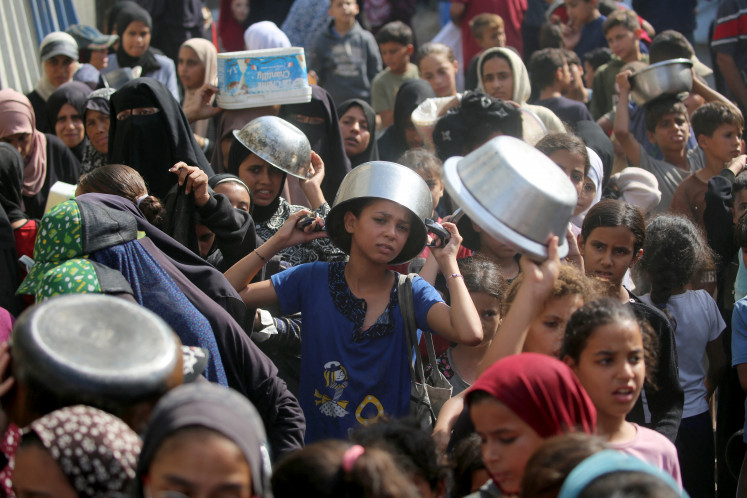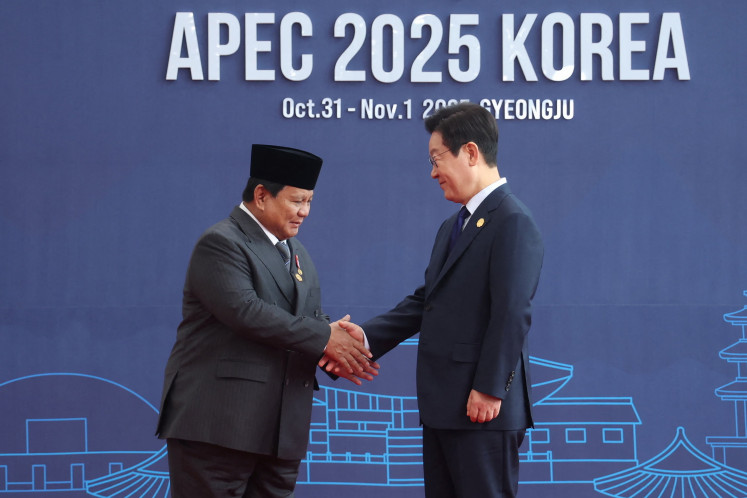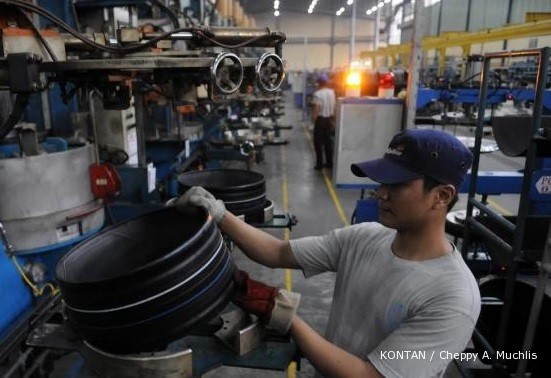Popular Reads
Top Results
Can't find what you're looking for?
View all search resultsPopular Reads
Top Results
Can't find what you're looking for?
View all search resultsThailand and Cambodia still want to talk: Marty
Peace making: Thai Foreign Minister Kasit Piromya speaks with Indonesian Foreign Minister Marty Natalegawa (left) at the Ministry of Foreign Affairs in Bangkok on Tuesday
Change text size
Gift Premium Articles
to Anyone
P
a href="http://">Peace making: Thai Foreign Minister Kasit Piromya speaks with Indonesian Foreign Minister Marty Natalegawa (left) at the Ministry of Foreign Affairs in Bangkok on Tuesday. ASEAN dispatched Marty to Cambodia in a bid to defuse the Thai-Cambodian border crisis. Reuters/Chaiwat Subprasom
In a sign that efforts by Indonesia as ASEAN chair can provide a climate conducive to Cambodia and Thailand resolving their border conflict amicably, the two countries are likely to agree to establish lines of communication with each other.
After separately talking more than three hours with his Cambodian and Thai counterparts on Monday and Tuesday respectively, Indonesian Foreign Minister Marty Natalegawa said, during what he coined “shuttle diplomacy”, he got the impression both countries wanted to solve their border conflict peacefully, through diplomacy and negotiation.
Indonesia, Thailand and Cambodia would work further to establish hot-line communications to avoid miscommunication and misunderstanding, as the current cease-fire was still fragile, Marty told The Jakarta Post in a telephone call from Kuala Lumpur during his transit home on Tuesday.
“Both countries should ensure that the cease-fire holds. The source of the incidents on the ground is often miscommunication. That’s why a third country, such as Indonesia, should be included in the lines of communication to avoid misunderstanding and reduce the likelihood of more incidents on the ground. We will explore it further,” he said.
Thailand and Cambodia blamed each other for provoking intense exchanges of gunfire since last week that have killed at least three Thais and eight Cambodians, and energized the ultra-nationalist Thai “yellow shirt” protesters, demanding that Thailand’s government step down.
After talking with Marty, Reuters reported from Bangkok that Thai Foreign Minister Kasit Piromya said he planned to meet his Cambodian counterpart soon in a third country to discuss how to end the fighting, the fiercest since the early 1990s, when Cambodia’s Khmer Rouge rebel forces operated in the area.
Marty said the conflict must be solved through bilateral talks between the conflicting countries with the help of a regional body such as ASEAN and through the multilateral forum in the United Nations concurrently, without contradictions between each level of effort.
“All three levels of diplomacy can be used to solve the problem simultaneously without a particular effort offsetting the other, as they are complementary. However, at the end of the day, the issue must be addressed and can only be addressed bilaterally, because this is a border issue that needs to be negotiated between them,” he said.
The UN Security Council has rejected Cambodian Prime Minister Hun Sen’s call for an urgent council meeting. Marty said ASEAN and the UN, however, continued to work together closely to address the problem.
“The UN Security Council would like to hear reports from Indonesia before taking any steps,” Marty said.
Reuters reported from the Thai-Cambodia border area that the situation remained tense and uncertain.
In Cambodia’s northern frontier areas, pigs and chickens roamed deserted villages. Schools and temples were turned into makeshift refugee centers.
On the Thai side, villages such as Ban Sangam, in Si Sa Ket province about 7 kilometers from the border, were eerily quiet, aside from the occasional rumble of military trucks.
Somsak Suvarnsujarit, the governor of Si Sa Ket province, said 16,654 people had been evacuated.
“There is still a lot of uncertainty,” he told Reuters.
Reasons behind the fighting remained murky. Some analysts say hawkish Thai generals and nationalist allies may be trying to topple Thailand’s government or create a pretext to stage another coup and cancel elections expected this year.
Others say it may be a breakdown in communication channels at a time of strained relations over Cambodia’s flying of a national flag in the disputed area and the laying of a stone tablet inscribed with “This is Cambodia.”



